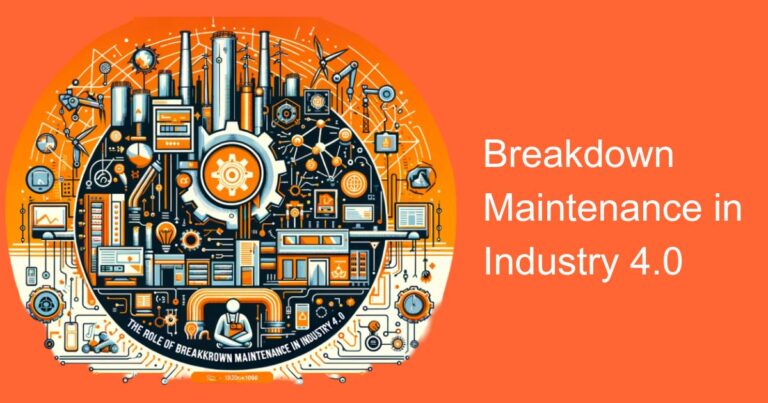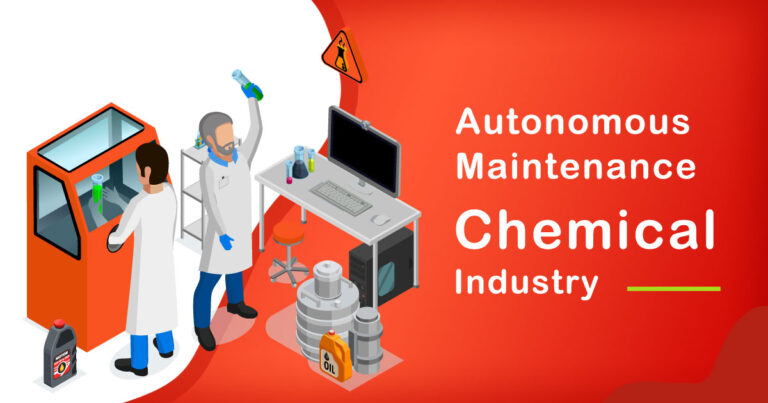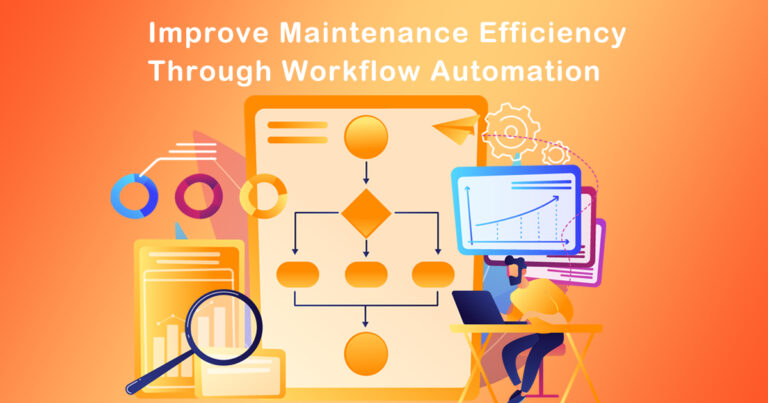Introduction
Maintenance operations are a critical aspect of any manufacturing or industrial process. Maintenance ensures that equipment, machinery, and facilities are in good working condition, minimizing the risk of accidents and disruptions in the production process. The application of lean principles in maintenance operations can lead to significant improvements in efficiency, quality, and cost-effectiveness. In this blog, we will explore how lean principles can be applied to maintenance operations and their benefits.
What are Lean Principles?
Lean principles are a set of concepts, techniques, and practices that originated from the Toyota Production System. They are designed to improve efficiency, quality, and customer satisfaction while minimizing waste and reducing costs. The core principles of lean manufacturing are:
- Value: Define the value that the customer expects and focus on delivering it.
- Value Stream: Identify and map the value stream from the customer’s perspective, including all activities and processes.
- Flow: Create a continuous flow of work and eliminate interruptions, delays, and bottlenecks.
- Pull: Establish a pull-based system where work is triggered only when there is demand from the customer.
- Perfection: Strive for continuous improvement by eliminating waste and optimizing processes.
How can Lean Principles be Applied to Maintenance Operations?
Maintenance operations involve a range of activities, including preventive maintenance, corrective maintenance, and predictive maintenance. Applying lean principles to maintenance operations involves the following steps:
- Define Value: Identify the value that maintenance operations bring to the organization. This can include ensuring equipment uptime, minimizing downtime, reducing accidents and hazards, and improving product quality.
- Map the Value Stream: Identify all the activities and processes involved in maintenance operations, from scheduling to completion. This includes tracking the time and resources required for each activity.
- Identify Waste: Identify any activities that do not add value to maintenance operations, such as overproduction, waiting, excess inventory, overprocessing, defects, and unused talent.
- Create Flow: Create a continuous flow of work by eliminating interruptions, delays, and bottlenecks. This includes optimizing scheduling, prioritizing tasks, and reducing idle time.
- Eliminate Waste: Eliminate waste by improving processes, reducing downtime, and optimizing the use of resources.
- Establish Pull: Establish a pull-based system where maintenance tasks are triggered based on demand. This includes using predictive maintenance techniques to identify potential problems before they occur.
- Strive for Perfection: Continuously improve maintenance operations by monitoring performance metrics, identifying areas for improvement, and implementing changes.
Benefits of Applying Lean Principles to Maintenance Operations
- Increased Efficiency: Lean principles can help to streamline maintenance operations, reduce downtime, and improve productivity. This can lead to significant cost savings and increased profitability.
- Improved Quality: Lean principles can help to identify and eliminate defects, reducing the risk of accidents, equipment failure, and product recalls. This can improve product quality and customer satisfaction.
- Reduced Costs: By eliminating waste, optimizing resources, and improving efficiency, lean principles can help to reduce maintenance costs.
- Increased Safety: Lean principles can help to identify and eliminate hazards, reducing the risk of accidents and injuries.
- Improved Employee Engagement: Lean principles can help to engage employees by empowering them to identify areas for improvement and implement changes. This can lead to increased job satisfaction and morale.
Conclusion
Applying lean principles to maintenance operations can lead to significant improvements in efficiency, quality, and cost-effectiveness. By identifying and eliminating waste, creating flow, and establishing a pull-based system, maintenance operations can be optimized to meet the demands of the customer while minimizing costs and reducing risk. As organizations continue to adopt lean principles in their operations, maintenance operations are likely to play an increasingly important role in achieving operational excellence.








